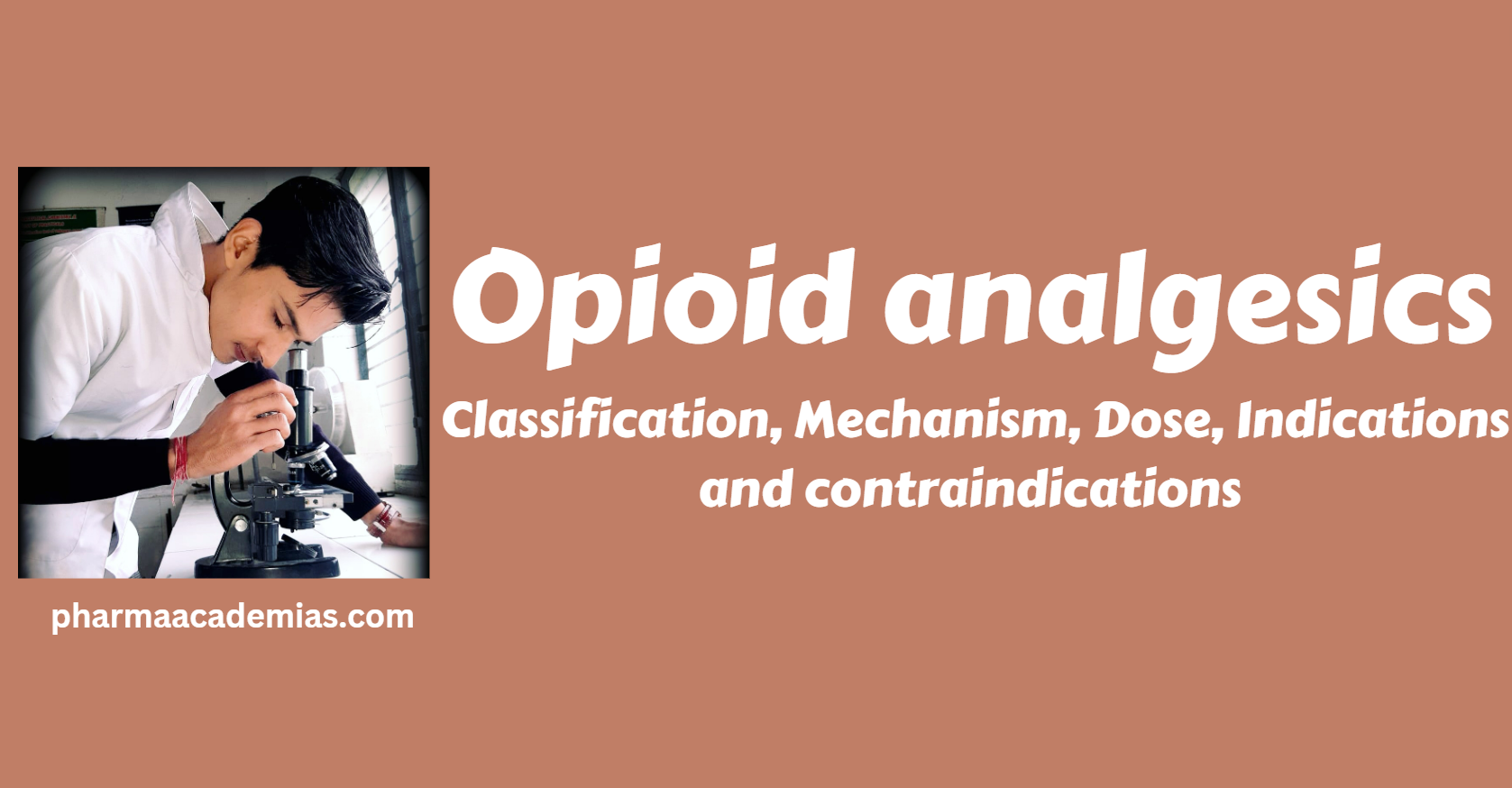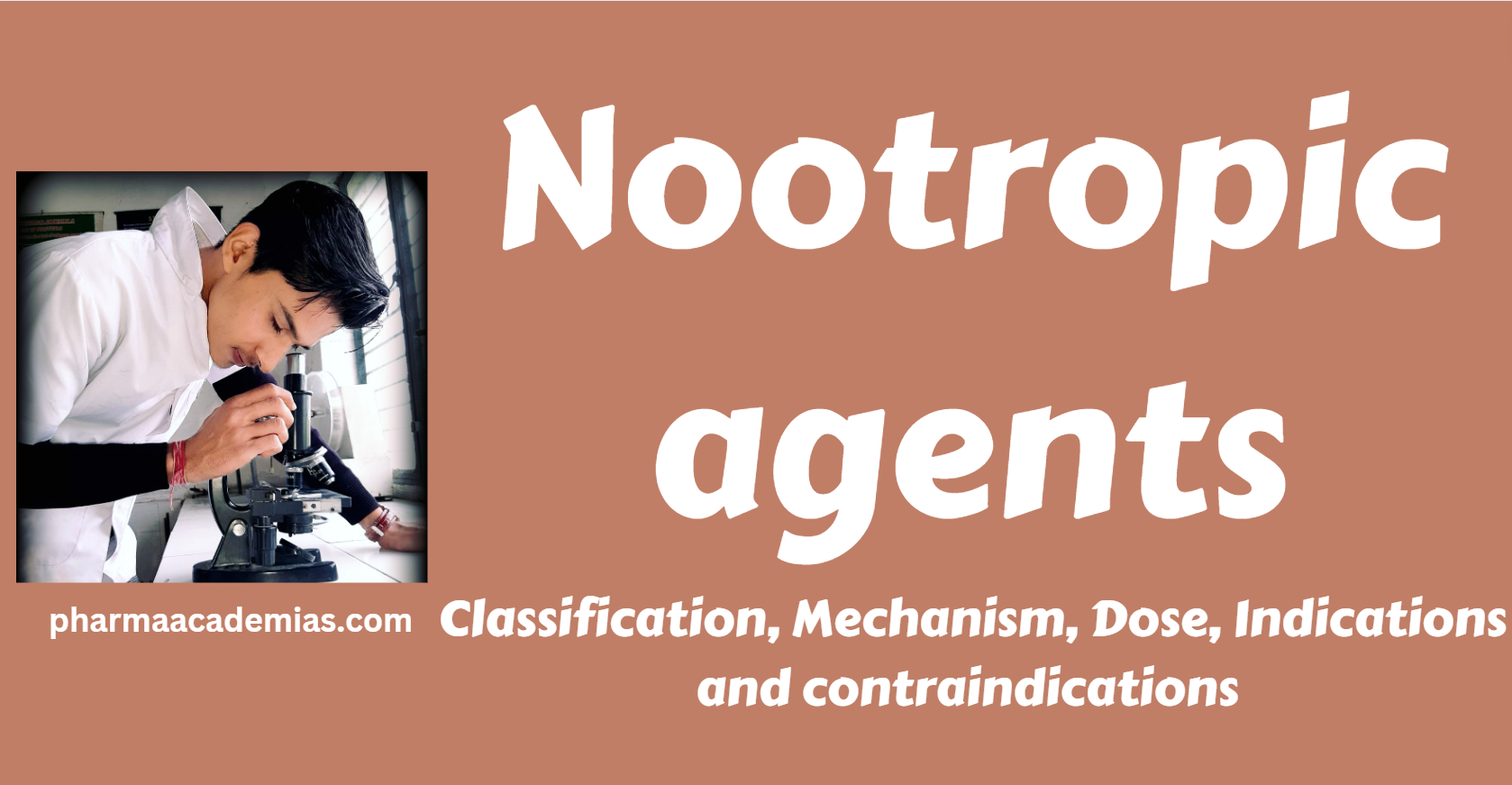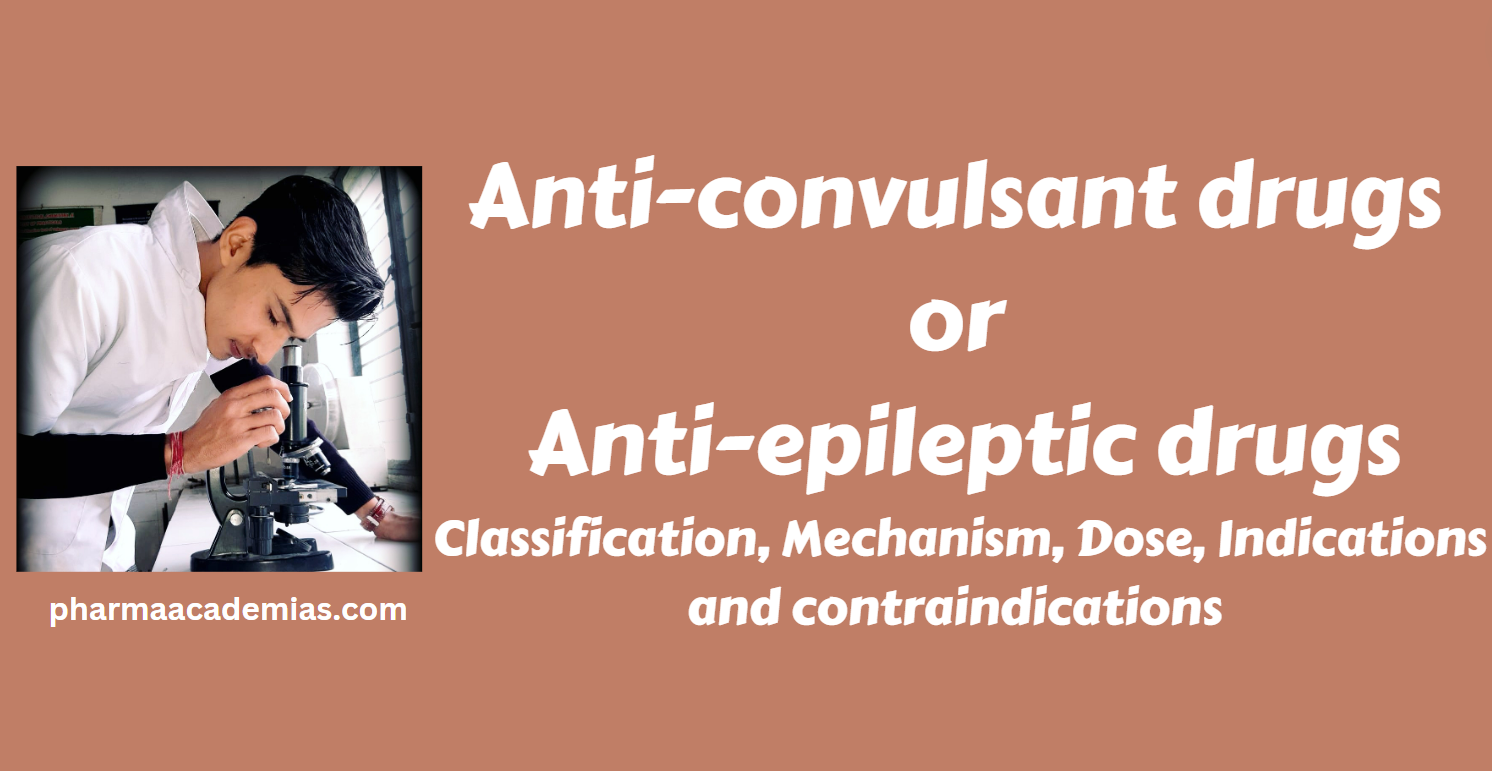Opioid analgesics- Classifications, Mechanisms
Opioid analgesics, commonly known as opioids, are a class of potent pain-relieving medications derived from or chemically similar to compounds found in the opium poppy plant. These drugs exert their effects by binding to specific receptors, known as opioid receptors, in the central nervous system (CNS) and peripheral tissues. Opioid analgesics are widely used for … Read more










